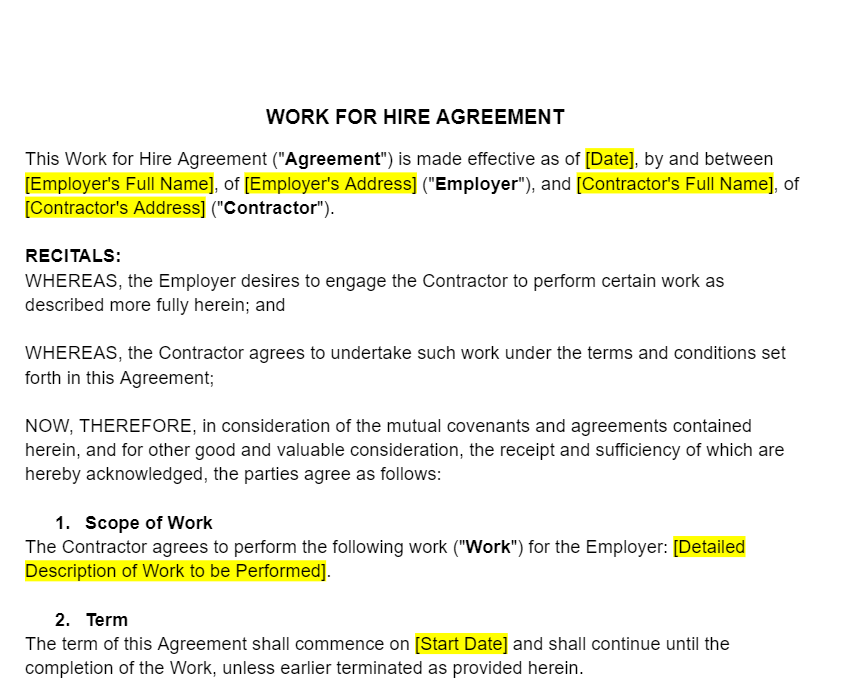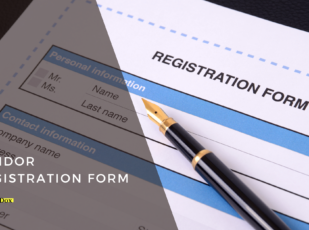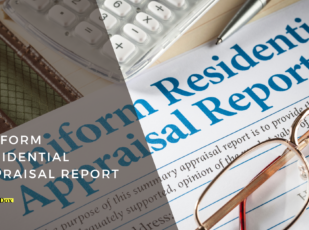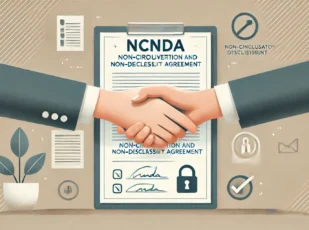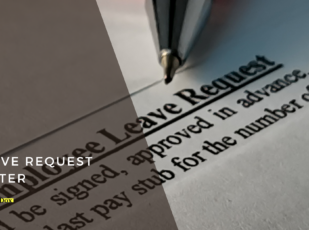
Work for Hire Agreement Template
9 Downloads
Commercial, Corporate, Employment
February 17, 2025
Sayantani Dutta
All types of creative and collaborative industries rely on different types of workers—independent contractors, vendors, and other professionals and specialists from across domains. As such, ensuring a successful partnership is critical to the success of any business venture today. This is where a Work for Hire Agreement comes into play. It is a fundamental legal document that solidifies the relationship between a hiring party or business and a creator or contractor. It specifies that the work produced will be owned by the hiring party from its inception.
In this document, you will find the specifics of and clauses about the scope of work, compensation, deadlines, and intellectual property rights. The idea is to ensure that both parties have a clear understanding of their rights and responsibilities while staying protected legally with terms for severability, indemnification, and the protection of confidential information under the governing law.
This document lays down the groundwork with clear expectations and protects the interests and rights of both parties to create a transparent and productive working relationship. Every term of this agreement serves as written notice for the protection of rights and the overall productivity of the working relationship.
In today’s piece, we are going to talk about the Work for Hire Agreement and its importance. We will also touch upon the risks associated with inadequate templates and poorly drafted agreements. In the end, you will get the right tool for all your needs—our very own Work for Hire Agreement Template! So, without further ado, let’s dive right into it.
Work for Hire Agreement: The Significance
Under the laws of the state, every provision of this agreement sets down the necessary warranties, moral rights, waivers, IP rights, and disclaimers for the creative work being conducted. It makes sure that the Copyright Act is enforceable and that trade secrets, proprietary information, and trademarks are protected against misuse. In more complex scenarios, the agreement also offers terms and conditions for copyright assignment (for example, in the case of derivative works), offering the proper enforceability and exclusive rights under the applicable law.
This document acts as a legal foundation that clearly outlines the ownership of the work produced. This can preemptively resolve any potential disputes over intellectual property rights. This agreement is particularly vital in industries where creative output is the primary product, such as writing, graphic design, software development, and music production.
At its heart, the entire agreement with a service provider aims to specify that the work created is to be considered a “work made for hire,” meaning that the hiring party retains full ownership and control over the use and distribution of the work.
On the other hand, a well-drafted Work for Hire Agreement offers the necessary assurance to creators and contractors about their compensation, the scope of work, and project deadlines with milestones for clarity purposes. When done correctly, this agreement creates a productive space with mutual trust and respect between the two parties.
Operating with an Insufficient Work for Hire Contract
Just listing down the list of deliverables, the timelines for the various milestones, and the payment terms is not sufficient! A business relying on a generic template as a starting point will not be able to draft a comprehensive, robust, and legally sound agreement for its use. And without such a comprehensive Work for Hire Agreement, both the hiring party and the creator are essentially exposing themselves to significant risks—financial and legal.
Usually, the absence of a good agreement leads to ambiguity about ownership rights and the scope of work. This leads to legal disputes that can be very expensive and time-consuming to resolve, not to mention they also hamper the project delivery timelines.
Furthermore, unclear or undefined project parameters and compensation terms are often likely to result in misunderstandings, project delays, and dissatisfaction on both sides. Such disputes not only strain professional relationships but can also impact the final quality of the work produced and delay its release to the market. Of course, this is not an ideal scenario and for that reason, you need to draft a solid Work for Hire Agreement.
A generic, free Work for Hire Template is not a good starting point and might not cover all bases from the effective date and scope of amendments in project details to the clauses for the termination of this agreement in case of untimely delivery or the provisions about any agreement renewals.
What Should a Work for Hire Agreement Include?
A robust Work for Hire Agreement should ideally include a few key components. Of course, the exact clauses and conditions stipulated in each section will differ from project to project—but the skeleton of the final agreement has many common features. These common features can be divided into:
- Parties Involved: First of all, the agreement will properly identify both the hiring party and the contractor, freelancer, creator, or service provider. This section should have the legal names of both parties alongside their contact information.
- Scope of Work: The scope of work section will include a detailed breakdown of the work to be produced. This will include proper descriptions of all project objectives, the final deliverables, their deadlines, and any quality expectations.
- Ownership & IP Rights: Under the Copyright Law, any creator has copyright of their work. So, when you contract someone to make a logo or write an article, for example, the copyright is with the designer or the writer, respectively. This is why the Work for Hire Agreement is necessary. It will include an explicit statement that the work produced will be considered a work made for hire, with all rights transferred to the hiring party upon completion.
- Compensation & Payment Terms: Next, the agreement should offer detailed information on compensation, including rates, payment schedules, and conditions for additional expenses. It is often recommended to break down a larger, more complex project into smaller sub-tasks with their own timelines and deliverables. If this is done, then payment can also be split up. Any such schedule should be clearly mentioned here.
- Confidentiality: It is likely that the hiring party will need to share confidential information for use during the course of the project. This can range from internal documentation and trademarks to market research, branding guidelines, demographical data, customer insights, and so on. All of this proprietary information needs to be protected with clauses and conditions upon its use in this section of the Work for Hire Agreement.
- Termination Clauses: Next, lay down the termination clauses. These are the conditions under which either party may terminate the agreement, including any notice requirements and the consequences of termination. For example, the hiring party might terminate the agreement if the deliverables do not meet the speed or quality benchmarks at all, or the service provider might choose to end the partnership if payments are not made on time. This allows both parties to protect their interests without sinking too much time into a project that is going nowhere.
- Dispute Resolution: Essentially, these are the mechanisms for addressing any disagreements or disputes that may arise from the agreement. During the course of the project, if there are any ambiguities or misunderstandings, disputes are quite expected. The objective of this section is to offer a clear pathway to resolve disputes and continue working (or to terminate the agreement). This exit plan also makes sure that nobody wastes their time and effort.
- Governing Law: Lastly, you will identify the legal jurisdiction that governs the agreement and the resolution of any legal disputes. The agreement will end now with the signatures of both parties to confirm the agreement to the terms mentioned throughout the document.
Work Smarter with FreshDox.com
With the core objectives of ensuring seamless collaborations and protecting intellectual property rights, FreshDox.com has a professionally designed Work for Hire Agreement Template. It is crafted by legal experts familiar with the nuances of creative and contractual engagements. Working off our template helps you create a comprehensive solution and establish a clear, legally sound work-for-hire relationship with a service provider, contractor, or creator.
When you subscribe to FreshDox.com, you gain access to our Work for Hire Agreement Template alongside a host of other legal, professional, and business document/agreement templates. You can easily customize our templates to add, remove, or edit sections as per your unique needs. With readymade content and sections, we have made it effortless for you to draft the perfect bespoke agreement for your business requirements!
What’s more—we even have the provision for a 14-day trial period. Using this, any new user can sign up on our platform and make use of the Basic or Premium Plans. While Basic Members enjoy up to three downloads a month, there is no limit on how many customizable, professionally drafted document templates you can download as a Premium Member.
Using our Work for Hire Agreement Template gives you the necessary legal foundation for all your collaborative projects. It safeguards your interests and creates a partnership that is focused on productivity without ambiguities to avoid legal disputes.
Wait no more!
Sign up for a FreshDox.com account today and streamline your creative collaborations and protect your IP rights with the Work for Hire Agreement Template.
Related Templates
Discover more templates that align with your needs and preferences.

Ready to Sign Up?
Sign up for FreshDox.com’s 7-day trial and discover why so many individuals and businesses trust us for their legal document template needs.
- Cancel any time
- 7-day free trial
- From 300+ Customer Reviews

